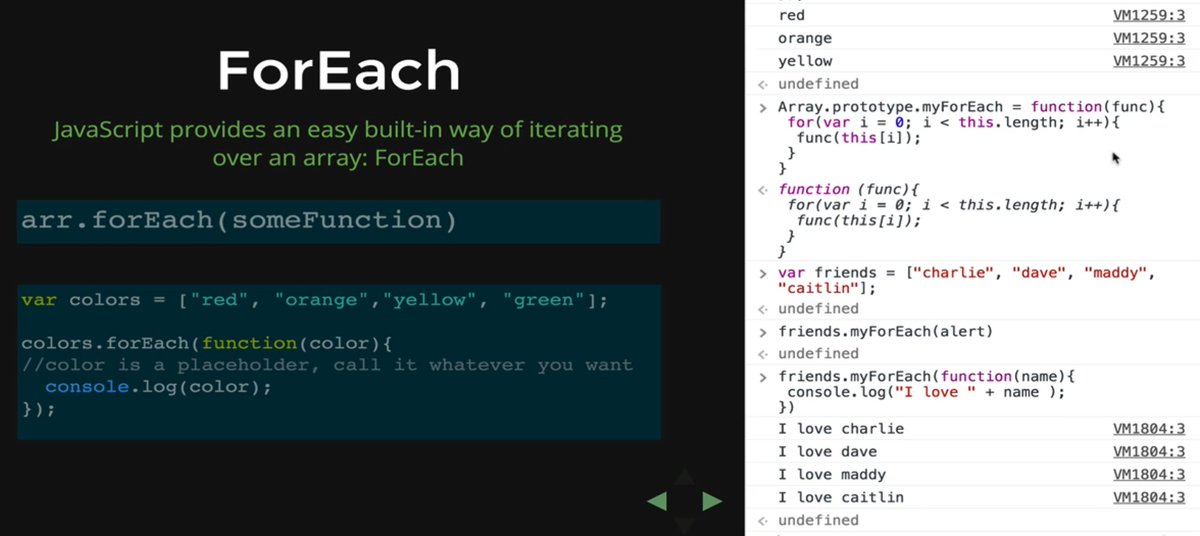

If you want the benefits of the return value or somehow you don’t want to change the original array then proceed with the map() otherwise if you are just interested to iterate or perform the non-transformation process on the array, forEach() could be the better choice. With the map() method, we can chain other methods like, reduce(),sort() etc.Ĭonclusion: As they are working with very few differences, also the execution speed is not significant to consider so it is time to think about, which one to choose. The forEach() method doesn’t return anything hence the method chaining technique cannot be applied here. You will learn about the other type of loops in the upcoming tutorials. This tutorial focuses on JavaScript for loop. It's just a simple example you can achieve much more with loops. For example, if you want to show a message 100 times, then you can use a loop. The map() method returns the newly created array according to the provided callback function. In programming, loops are used to repeat a block of code. The forEach() method returns “ undefined“. The map() method returns an entirely new array.

However, it is not always the best choice. The forEach() method does not returns a new array based on the given array. The forEach() method is a convenient way to iterate over an array. ĭifferences between forEach() and map() methods: Output: Here the map method returns an array that invokes the next instance method and which later provides the final returnValue(reverse of the invoking array). ISRO CS Syllabus for Scientist/Engineer Exam.ISRO CS Original Papers and Official Keys.GATE CS Original Papers and Official Keys.



 0 kommentar(er)
0 kommentar(er)
